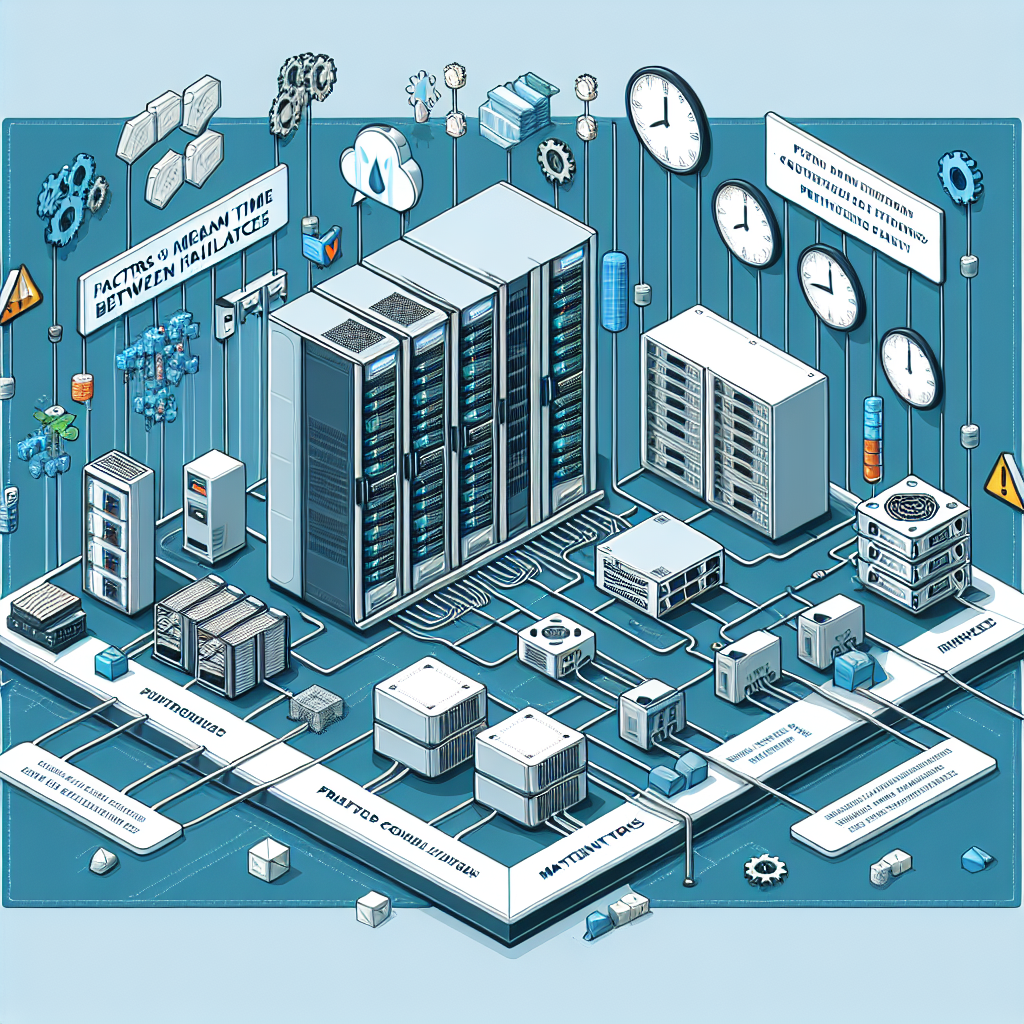Data centers are critical components of modern businesses, housing the servers and infrastructure necessary for storing and processing vast amounts of data. However, data centers are not immune to failures, which can have a significant impact on a company’s operations and bottom line. One key metric used to measure the reliability of a data center is Mean Time Between Failures (MTBF), which represents the average time a system operates before experiencing a failure.
There are several factors that can influence the MTBF of a data center, including hardware quality, environmental conditions, and maintenance practices. Hardware quality is a major factor in determining the reliability of a data center, as components such as servers, storage devices, and networking equipment can fail unexpectedly if they are of poor quality or not properly maintained. Environmental conditions, such as temperature, humidity, and power fluctuations, can also impact the MTBF of a data center, as these factors can cause overheating, hardware degradation, and other issues. Additionally, inadequate maintenance practices, such as infrequent inspections and updates, can lead to increased failure rates and decreased MTBF.
To mitigate the risks associated with data center failures and improve MTBF, businesses can implement several strategies. One key strategy is to invest in high-quality hardware from reputable manufacturers, as well-maintained and properly configured equipment is less likely to fail. Businesses should also ensure that their data centers are housed in environments with stable temperature and humidity levels, as well as reliable power sources with backup generators and uninterruptible power supplies (UPS) to prevent outages. Regular maintenance and monitoring of data center equipment is also crucial, as this can help identify potential issues before they escalate into major failures.
In addition to these proactive measures, businesses can also consider implementing redundancy and disaster recovery solutions to minimize the impact of data center failures. Redundancy involves duplicating critical systems and components to ensure that there are backup systems in place in case of a failure. Disaster recovery solutions, such as backup servers and offsite data storage, can also help businesses quickly recover from data center failures and minimize downtime.
Overall, the MTBF of a data center is influenced by a variety of factors, including hardware quality, environmental conditions, and maintenance practices. By implementing strategies to mitigate risks and improve reliability, businesses can ensure that their data centers operate smoothly and effectively, minimizing the impact of failures on their operations.


Leave a Reply